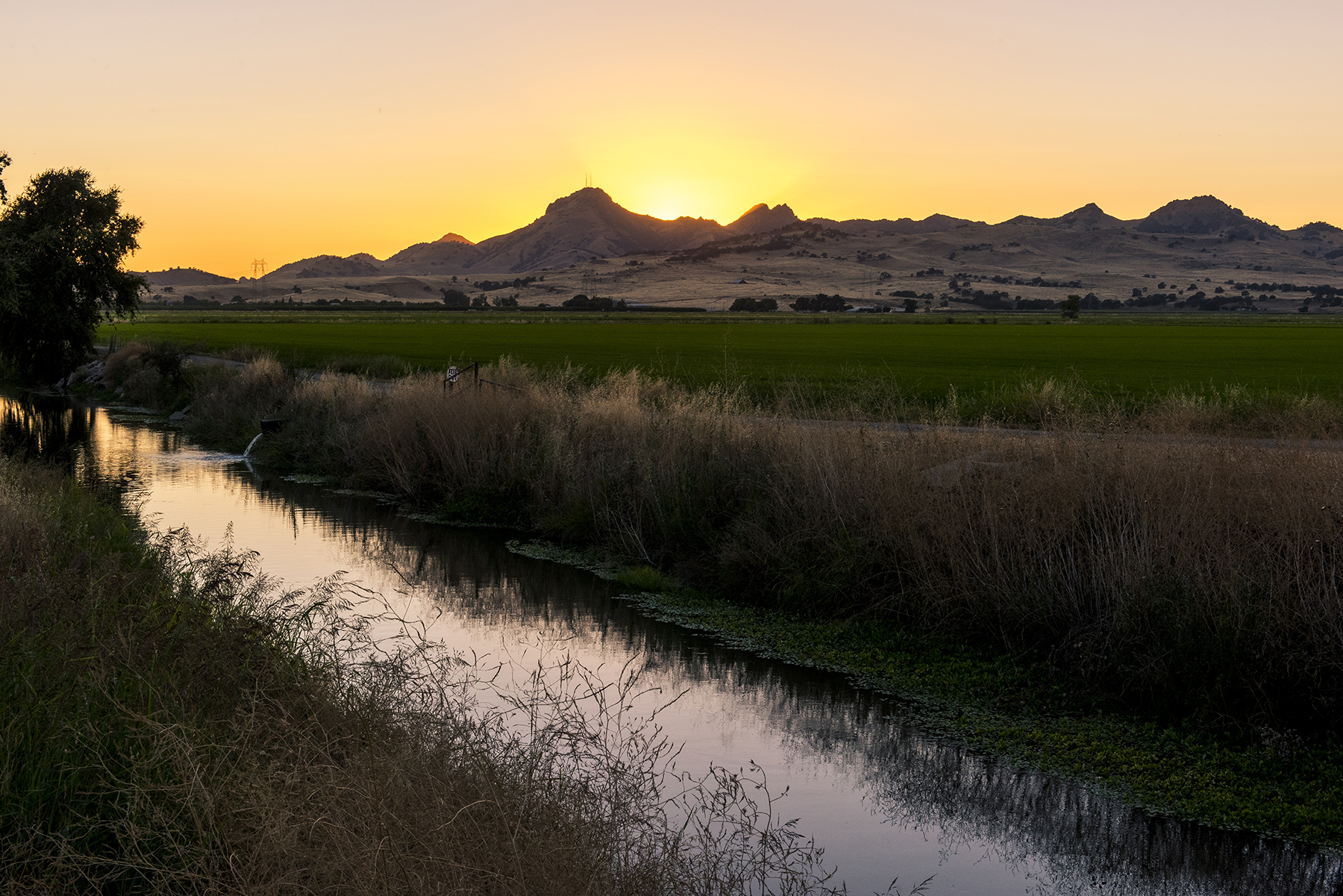Value Planning for a Better Sites Reservoir

Author: Jerry Brown, Executive Director, Sites Project Authority
Designing and constructing any infrastructure project is a major undertaking. Water supply projects come with a number of unique challenges – they require a delicate balance between water supply demands, project costs, and environmental benefits and risks. Their success depends on factors that may not come into play for many years, and even when everything balances out, we have to ask ourselves three key questions: Is it affordable? Is it permittable? And, is it buildable in a reasonable amount of time? These are the questions we’ve been considering for Sites Reservoir.
Last year we took a close look at this project in consultation with our participants, state agencies, local communities and environmental stakeholders to make sure we can answer “yes” to all three of those questions. But in order to get to “yes” we had to make some refinements to the project.
We call it right-sizing. By right-sizing Sites Reservoir, we have developed a project that is affordable to our statewide participants while still providing a broad range of critical environmental benefits to California through its investment in the project through Proposition 1. The right-sizing process identified a project that is permittable and can be built and operated to minimize it’s impacts on species and ecosystems and is technically and financially feasible.
To properly refine the project, we looked at an enormous amount of feedback and embarked on a “Value Planning Effort” to ensure that Sites Reservoir could deliver for Californians. The reservoir proposed now is a 1.5 million acre-foot reservoir – with a smaller footprint that costs less than the original proposal, reduces impacts to the environment and identifies new opportunities to benefit key natural resources, while providing a tremendous amount of flexibility to manage the project for the greatest overall benefit to the State. These refinements resulted in a project cost savings of roughly $2 billion dollars.
On average, Sites Reservoir would yield about 240,000 acre-feet of water per year for the agencies participating in the project. In dry years, that goes up to as much as 385,000 acre feet per year. Again, our goal is to provide water to our participants and the environment when it is needed most. For all participants, including the State of California, the amount of water available to them is directly tied to the amount of their investment.
We also made some operational changes to the project. Sites will utilize the existing, fish-screened Glenn-Colusa Irrigation District and Tehama-Colusa Canal Authority canals to move water to Sites Reservoir from the Sacramento River. We will deliver water back to the Sacramento River through the Tehama-Colusa Canal and through the Colusa Basin Drain for participant deliveries and for the environment.
We believe we have a better project today than we did last year. A project that reflects input from our participants, NGOs, landowners and other stakeholders like regulatory agencies and elected officials. The changes we made were substantial enough to require a review and recirculation of our environmental analysis and Environmental Impact Report, which we anticipate being released next year.
The construction of Sites Reservoir is just a few years away with the right-sizing and progress we’ve made in the past year. In the end, we’ll have a modern, resilient water storage facility that will benefit Californians and the environment for decades to come.
